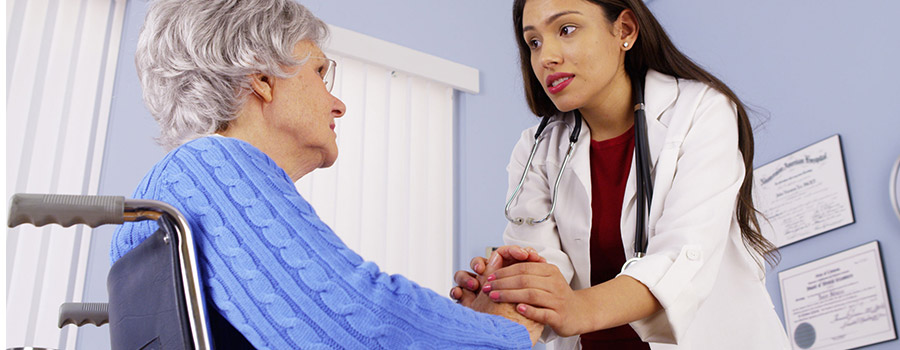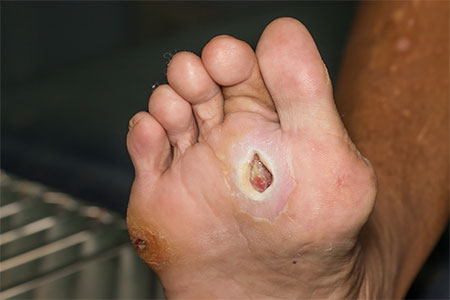The Need
There are many medical applications requiring a need to quickly and efficiently determine superficial tissue oxygenation. Ischemic tissue leads to complications such as non-healing wounds and surgical intervention.

In many cases, there is a need to determine perfusion of oxygenated hemoglobin as well as adequate blood supply and exchange. Applications include wound care, reconstructive surgery, amputation, and vascular procedures. Patients in need include those with compromised vascular systems such as those who suffer from diabetes, peripheral vascular disease and limb ischemia. For these patients, limb preservation and limb salvage is of great importance.
Current standard of care devices for front line vascular diagnostics include Ankle Brachial Index (ABI) and Transcutaneous Partial Pressure of Oxygen (TcPO2). ABI requires contact with the patient and does not assess tissue oxygenation levels. ABI is often misleading or incorrect when applied to the diabetic lower extremity.(2)
2. Leahy JL, Clark NG, Cefalu WT. Medical Management of Diabetes Mellitus. New York: M. Dekker; 2000. TcPO2 does assess surface oxygenation but requires contact and heating of the patient skin. Neither ABI nor TcPO2 can provide a medical diagnostic image.
Other diagnostic imaging products utilize techniques such as laser doppler or injectable fluorescent agents to assess blood flow. However, these technologies do not discern oxygenated from deoxygenated hemoglobin and thus, they do not assess the key biomarkers of tissue oxygenation.



